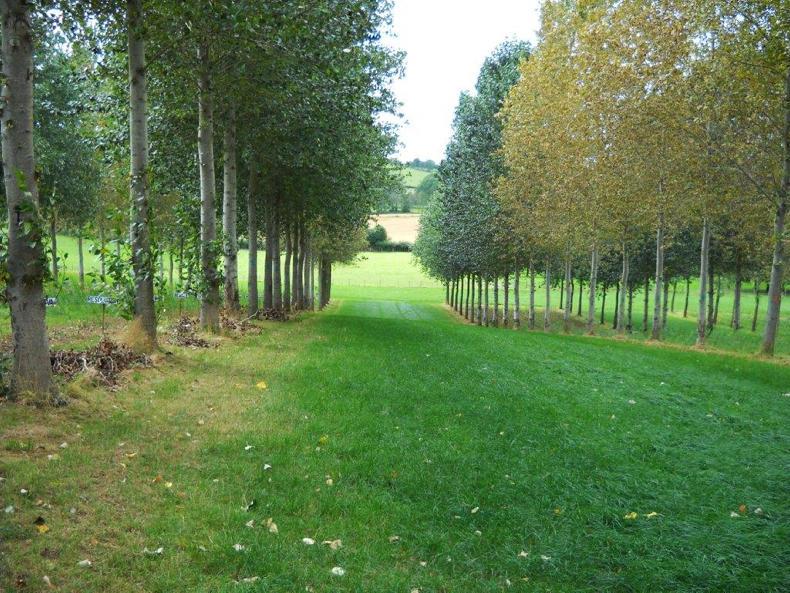While agro-forestry offers considerable potential, the duration of premiums must be extended for it to be feasible, IFA forestry chair Vincent Nally has said.
“Agro-forestry gives farmers the flexibility to graze and cut silage and hay while growing quality timber with little or no impact on agricultural production. Livestock and trees generate income at different timelines, so farmers can be better insulated from risk.
“In addition, the health and productivity of both animals and land have been shown to improve,” he said.
The agro-forestry scheme provides an establishment grant of €5,620/ha with an additional fencing allocation of up to €600/ha and a premium payment of up to €660/ha for five years.
Despite this, Nally said that agro-forestry schemes can be costly. “This is why the IFA is seeking that the duration of the premium payments be extended from five to 15 years, similar to other afforestation schemes,” he said.
The agro-forestry scheme favours silvopastoral systems (a combination of trees and grass) but the IFA has said that other systems will be considered on a site-by-site basis, if the stocking rate is between 400 and 1,000 tree/ha. Acceptable tree species include oak, sycamore and cherry. Other broadleaf and conifer species will be considered in certain instances.
Research
Nally said research suggests that agro-forestry outpaces grassland techniques in counteracting the methane emissions of livestock and the sequestering of carbon under-hoof.
“Fields with trees increase carbon sequestration, storing carbon in both soil and biomass, but carbon aside, there are considerable financial benefits for farmer,” he said.
He said that trees offer many benefits on farmland, and can be planted in a small area to provide shelter for animals, improve soil drainage, boost crop yields by slowing wind speeds and improving crop-water efficiency.
Read more
Focus on forestry at climate committee
Forestry mid-term review falls short
While agro-forestry offers considerable potential, the duration of premiums must be extended for it to be feasible, IFA forestry chair Vincent Nally has said.
“Agro-forestry gives farmers the flexibility to graze and cut silage and hay while growing quality timber with little or no impact on agricultural production. Livestock and trees generate income at different timelines, so farmers can be better insulated from risk.
“In addition, the health and productivity of both animals and land have been shown to improve,” he said.
The agro-forestry scheme provides an establishment grant of €5,620/ha with an additional fencing allocation of up to €600/ha and a premium payment of up to €660/ha for five years.
Despite this, Nally said that agro-forestry schemes can be costly. “This is why the IFA is seeking that the duration of the premium payments be extended from five to 15 years, similar to other afforestation schemes,” he said.
The agro-forestry scheme favours silvopastoral systems (a combination of trees and grass) but the IFA has said that other systems will be considered on a site-by-site basis, if the stocking rate is between 400 and 1,000 tree/ha. Acceptable tree species include oak, sycamore and cherry. Other broadleaf and conifer species will be considered in certain instances.
Research
Nally said research suggests that agro-forestry outpaces grassland techniques in counteracting the methane emissions of livestock and the sequestering of carbon under-hoof.
“Fields with trees increase carbon sequestration, storing carbon in both soil and biomass, but carbon aside, there are considerable financial benefits for farmer,” he said.
He said that trees offer many benefits on farmland, and can be planted in a small area to provide shelter for animals, improve soil drainage, boost crop yields by slowing wind speeds and improving crop-water efficiency.
Read more
Focus on forestry at climate committee
Forestry mid-term review falls short






 This is a subscriber-only article
This is a subscriber-only article










SHARING OPTIONS: